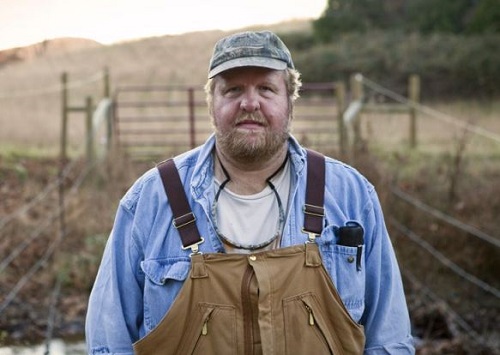Farmers are using a unique incentive program coordinated by PEC to substantially expand water quality protections in our region. The program helps cover their costs for fencing livestock out of streams.
It started in Rappahannock, where the Krebser Fund for Rappahannock County Conservation (one of nine conservation funds affiliated with PEC) provided funding that would add to state cost-share funds for livestock exclusion fencing. PEC has since secured grant funding from the National Fish and Wildlife Foundation, which enabled us to expand the program to the whole Upper Hazel Watershed, and, subsequently the whole Culpeper Soil and Water Conservation District — which includes Culpeper, Greene, Orange, Madison and Rappahannock. Together with government cost-share programs, these new incentives can make livestock exclusion fencing cost-neutral for farmers.
So far, 21 landowners, including many who are undertaking their first stream-fencing project, have used the program to exclude livestock from thirteen miles of streams, including eight miles in Rappahannock.
Rappahannock County Administrator, John McCarthy, is pleased: “I think it’s a great example of how the interests of the preservation community and of the local farmers coincide, and the best interests of the whole community can be served thereby.”

Meet One of the Farmers
Steve Hensley was born on his farm in Rappahannock County, and Hensley’s parents instilled him with a strong sense of responsibility as a land and business owner.
This sense of responsibility gave Hensley a critical eye when it comes to government programs. In his view, these programs can be well intentioned, but they often ask too much of farmers, and officials can be difficult to work with.
Yet, last spring, one program passed the test — the Kresber Fund partnership.
“I knew about the problems they were having with the Chesapeake Bay,” Hensley explains. “I don’t know how much of it is due to modern agriculture… There’s been a lot of cows in a lot of streams for a lot of decades. But, I can see that it’s a problem.”
Hensley recognized the problem early on. Ten years ago, he started fencing off his streams on his own. “I had started rebuilding some fences,” he recalls, “so I looked at ways to realign them to fence the streams out.”
But, it soon became unaffordable. After doing some research, Hensley decided to work with the Kresber Fund partnership.
Hensley’s project was completed last spring with 2,164 feet of riparian fencing and a 35 foot buffer.
“It’s been a good experience, overall,” he says. “I intend to do more. I don’t intend to stop here… You know, I live here. I eat what comes out of the soil here, I drink the water here — so I’m not going to sit and let it be polluted if I can help it.”
